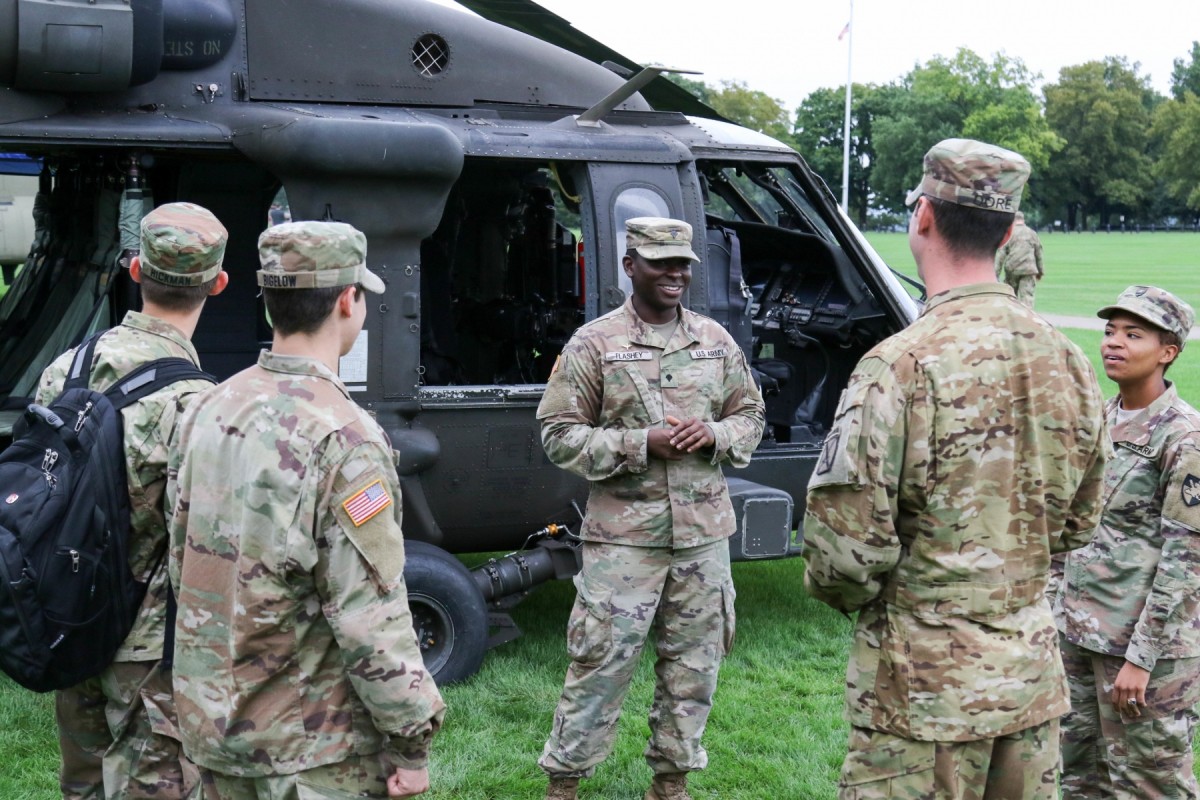- Joined
- Sep 27, 2008
- Messages
- 20,507
I have followed this discussion with interest.
As another data point, I don’t think many cadets and midshipman realize SA grads have to do 36 months after they complete their OBLISERV years, to earn 100% of the post-9/11 GI Bill educational benefit to pay for that MBA, law, med or other post-grad degree. Many of the “five and dive plan” USNA mids we sponsored ended up staying for eight and were glad they did. Stronger resume, opportunity to go to good grad school on Uncle Sam’s dime.
Just another factor in the decision matrix.
As another data point, I don’t think many cadets and midshipman realize SA grads have to do 36 months after they complete their OBLISERV years, to earn 100% of the post-9/11 GI Bill educational benefit to pay for that MBA, law, med or other post-grad degree. Many of the “five and dive plan” USNA mids we sponsored ended up staying for eight and were glad they did. Stronger resume, opportunity to go to good grad school on Uncle Sam’s dime.
Just another factor in the decision matrix.



